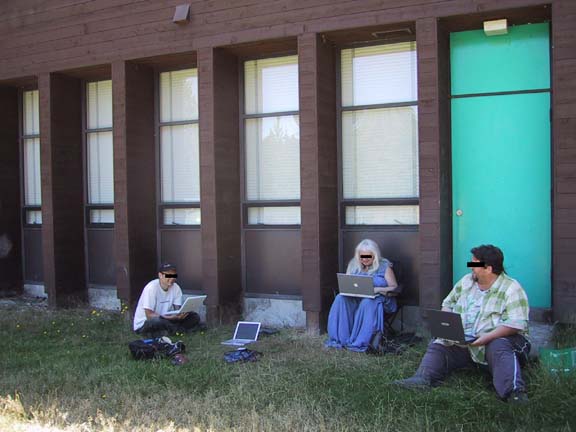
I suppose it is inevitable for the time of year. Perhaps it is the sense of the long summer waning, its once endless expanse of days, now finite and running out like grains of sand in an hourglass.
Since childhood, I have experienced late August with a sense of foreboding. The shortening days and lengthening afternoon shadows were inevitably the unmistakable harbingers of irrevocable and systemic changes. The reality of the upcoming school year would suddenly loom like an oncoming ship, emerging from the quiescence of a fog bank. The languidity of summer seems to evaporate overnight into sharp little crystals of urgency. The nightly chirping of crickets is a little more frenzied now, signaling perhaps the end of unstructured time – at least for this year. The end of the endlessness of the season of the sun. Like it or not, the universe is shifting its gears. We must choose between frisson and dread. Somewhere a demon figure is pulling the levers. Click Click.
In the clear warm night skies, Mars has been shining like a pulsing red beacon, the closest it has been to the earth in 65,000 years. Mars is after all, the god of War. The last people to have seen it this clearly were the Neanderthals, and they went extinct.
A recent trip to the idyllic seeming little town of Courtenay BC and I am approached on three separate occasions by sad looking middle-aged women, begging for change. Middle aged and formerly middle class, they have somehow fallen like dried leaves from the withering bough of the bourgeoisie – the walking wounded in the Class War. Twenty years of economic brutalism have become so deeply entrenched, that this no longer seems remarkable – even in Lotusland. After all, the fear of winding up homeless, keeps a lot of low-income workers from fighting for better wages or working conditions. Keep poverty visible and you have a very effective form of social control. It keeps the cost of labour down.
Brian Eno, the godfather of ambient music writes a wonderful review of John Stauber’s Weapons of Mass Deception, in the Guardian. Eno, who brought us the seminal 1978 Music for Airports is now helping to deconstruct the ubiquity of ambient American propaganda. This is truly wonderful and dementedly mimetic. I continue to admire him greatly.
Renana Brooks writes in The Nation about the use of studied ‘empty language’ techniques and ‘negative frameworks’ in George W. Bush’s speeches, to create an ambience of learned helplessness and inevitability in the minds of the American public.
I remember once, (years ago, under the influence of some hallucinogen), suddenly and viscerally appreciating the interplay of flows, chaos and turbulence in the boiling gray sky of a Toronto spring. This connection never left me. It’s easy once you open your mind to the large scale patterns. Deep inside, we’re wired for it. We can read ambience.
Outside I see the gray skeins of an oceanic front scudding across what has, seemingly forever, been a painfully white- blue sky. It might be the first rain in weeks. . .




